Kraków 2020-09-24
S-75 anti-aircraft missile system

This article tells about the Soviet surface-to-air S-75 missile system, the C-75 in Russian, which was intended to destroy bomber aircraft. In the NATO code, the system was designated SA-2 Guideline, in Polish - Guideline. The system has been and is known worldwide for its spectacular achievements. The S-75 system was operated in the Polish Army in the period 1959-1995.
The first successful use of the S-75 missiles took place on October 7, 1959. On that day, a Taiwanese reconnaissance Martin RB-57D Canberra plane was dropped over China. China has had the S-75 system since 1957. The plane was shot down by a volley of three W-750 (1D) missiles at an altitude of 20 km (65,600 ft). The Chinese government said that the enemy plane was destroyed using fighter planes in order to keep the S-75 system secret.
The S-75 system became famous when, on May 1, 1960, the Russians shot down a Lockheed U-2 reconnaissance aircraft, with pilot Francis Gary Powers. The Russians then used the W-750WN (13D) missile. The pilot survived and was driven like a puppet across the CCCP as proof of the superiority of communism over capitalism. Later, pilot Francis Gary Powers was exchanged for captured Soviet spies.
During the "Cuban Crisis", when the Russians deployed surface-to-ground missiles with atomic (nuclear) warheads in Cuba, the Russians also delivered the S-75 system to Cuba. On October 27, 1962, a Lockheed U-2 plane flying over Cuba was hit by an S-75 missile. The pilot of the plane was Rudolf Anderson. According to official information, the pilot was killed when shrapnel from the missile head pierced his pressure suit and caused decompression at high altitude.
The S-75 system was used extensively during the Vietnam War. Exactly from April 5, 1965, because the US intelligence knew about the decision to deliver them. In Vietnam, mainly missiles produced in China under the names HQ-1 and HQ-2 were used. On July 24, 1965, a USAF McDonnell Douglas F-4 C Phantom II aircraft was shot down by the S-75 (SA-2) system.
In China, it was later revealed that the S-75 system shot down several Taiwan aircraft: RB-57 and 5 Lockheed U-2 aircraft. But the Chinese S-75 system also shot down some of its own MiG-19 fighters, which were also trying to shoot down enemy planes, and were flying at high altitude.
The missile system was widely used all over the world. The most recent success of the S-75 was during the Abkhazian War (1992–1993), when Georgian S-75 missiles shot down a Russian Sukhoi Su-27 fighter near Gudauta on March 19, 1993.
Why was the S-75 system created?
The system was a derivative of the entire missile program developed by the CCCP. Strategic bomber aviation SAC has been developed in the USA, introducing into service a large number of Boeing B-47 Stratojet and Boeing B-52 Stratofortress bombers. These bombers were a major threat to the CCCP. One solution was to develop a missile defense system that would defend CCCP much more effectively than anti-aircraft guns.
The S-75 medium-range anti-aircraft missile system was designed on the basis of technical assumptions and operational experience of the S-25 Berkut system. The S ‑ 25 Berkut system was Moscow's stationary air defense missile system. The S-75 system is of the ground-to-air class. The system includes a radio-command guided missile based on data obtained from the radar system.
In 1953, the KB-2 design bureau began work on the S-75 system under the leadership of engineer Piotr Grushin (rocket) and the KB-1 design bureau led by chief designer Alexander Raspletin (radar). The work was focused on developing a missile that could shoot down a large, high-altitude, non-maneuvering bomber. The missile did not have to be highly maneuverable, but fast and capable of damaging airplanes. In the case of such an innovative system, development progressed rapidly. In April 1955, the W-750 rocket was launched for the first time. On May 1, 1957, an S-75 missile was shown during a parade in Moscow on Red Square. Its purpose and parameters were not disclosed then. In 1957, the S-75 system was already in service. By 1964, US intelligence had recorded over 600 S-75 batteries on the CCCP site. In total, CCCP installed over 1,000 S-75 batteries, that is 6,000 launchers. In Europe, the first country armed with the S-75 system was the GDR, where it protected the occupation forces of the Red Army. Later, the S-75 system was sold to most of the Warsaw Pact countries, including Poland.
The S-75 system was developed in stages, in line with the experience gained and the development of technology. There were three main systems: Dwina (in Polish, Dźwina, designated SA-75), Desna, and Volkhov. In October 1957, tests of a transportable variant of the S-75 system, consisting of 6 cabins, were carried out, all elements of which were transported on cars. This complex was named SA-75 Daugava and was put into service on December 11, 1957. In the export variant, the SA-75M system was fitted with all system equipment on towed trailers. The same was done in the next version of the S-75 Desna system.
The S-75 complex consisted of 6 launchers. It enabled firing at one target with three rockets fired every 6 seconds. Reloading the launcher took up to 3 minutes and was carried out using a special transport and loading vehicle STZ.
The S-75 system in Poland.
The decision to buy the S-75 (SA-75) system was made in 1959. The first two sets were to ensure the defense of Warsaw and Silesia. The first was delivered to Poland in November 1959. The SA-75 Dźwina set went to the Artillery Specialists Training Center in Gołdap. In 1960, the dislocation site was changed to the town of Bemowo Piskie. In October 1962, the second SA-75 Daugava anti-aircraft missile system was delivered to the Center. In the S-75 (SA-75) Dźwina version, WOPK fire divisions were equipped: 4th DOAR in Baniosze near Góra Kalwaria (3rd Warsaw Brigade of OPK) and in Silesia.
In the following years, the defense of Poland was supplemented with the S-75M Wołchow system. The following squadrons were equipped in the Wołchow version: 26th Gryficka, 4th Gdynia and 3rd Warsaw Brigade WOPK / WLOP. Both types of sets were withdrawn from service in the 1990s, first Dźwina and then Wołchow (1995).
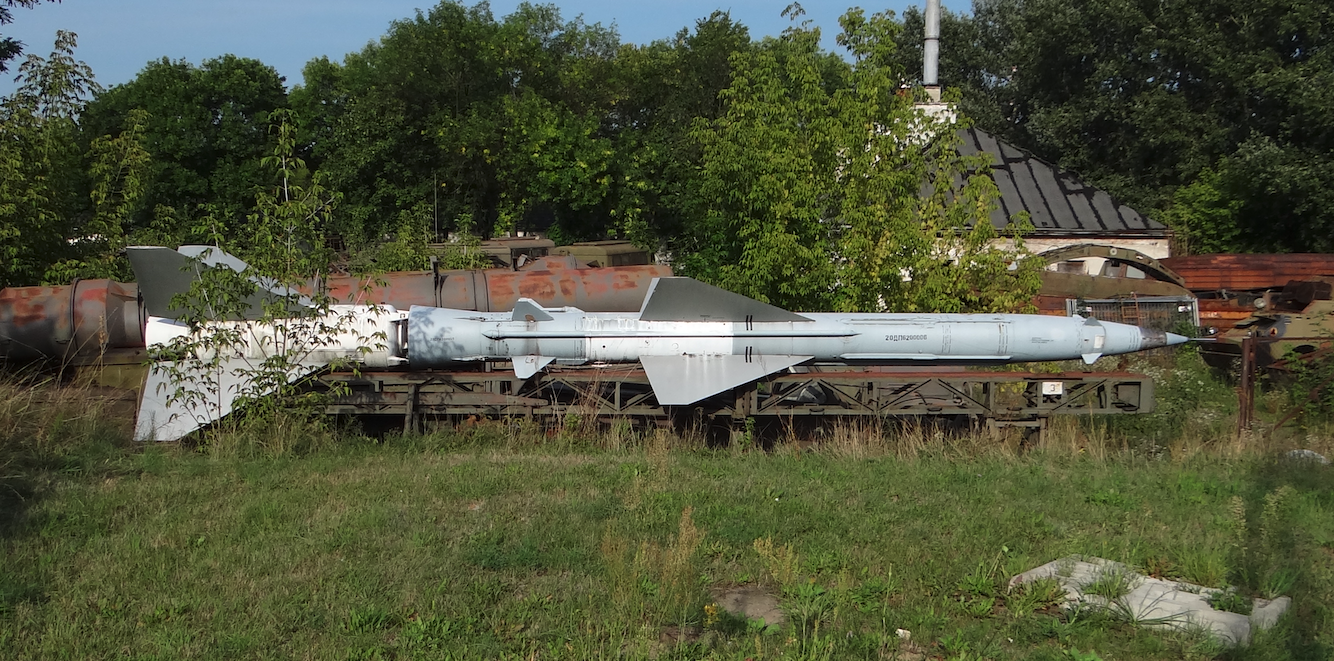
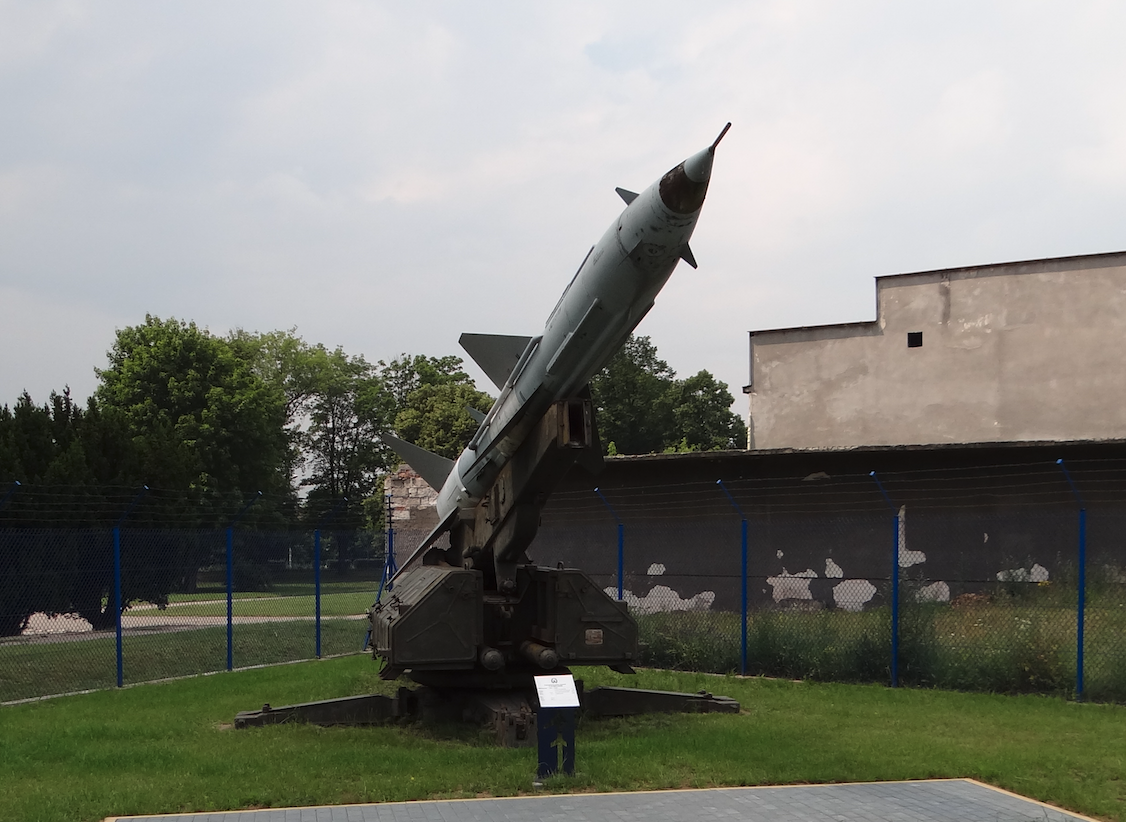
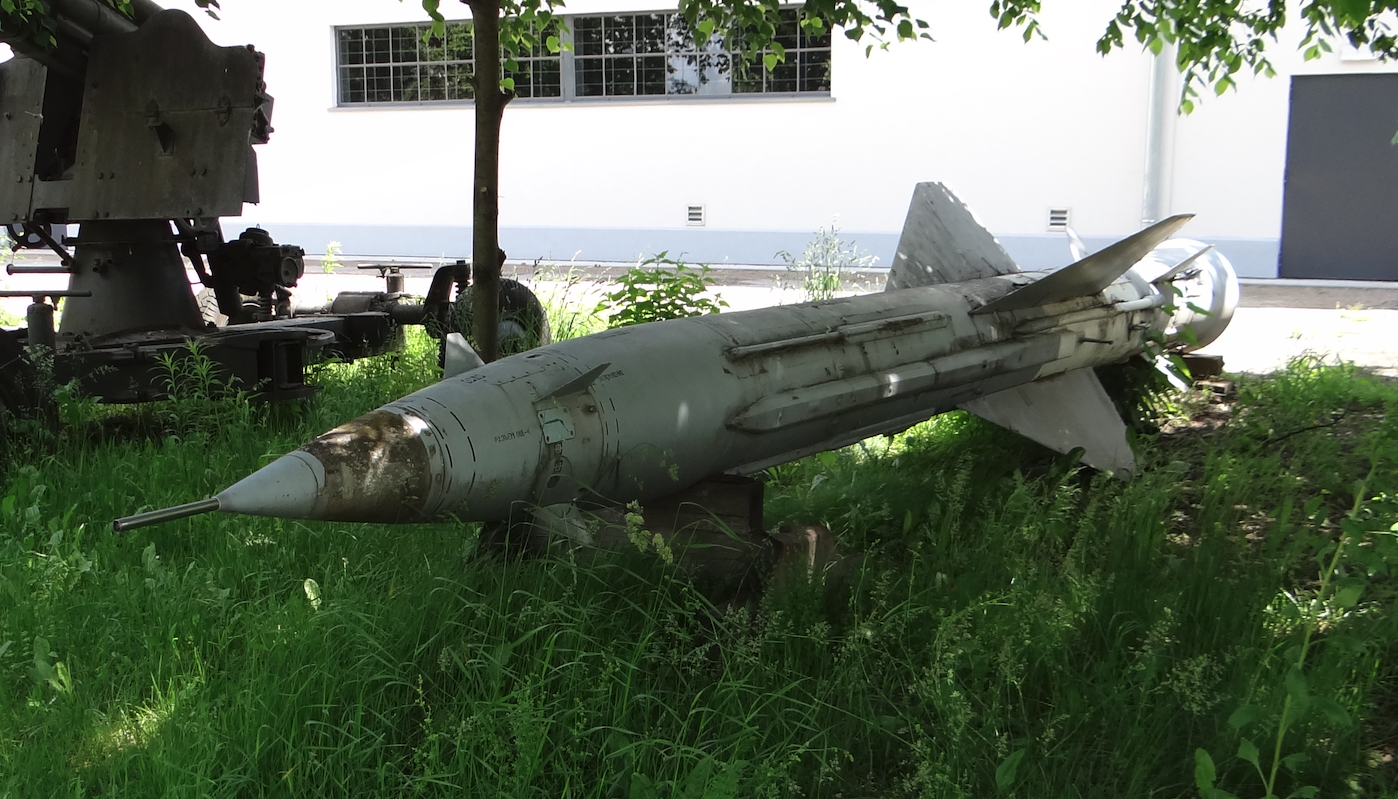
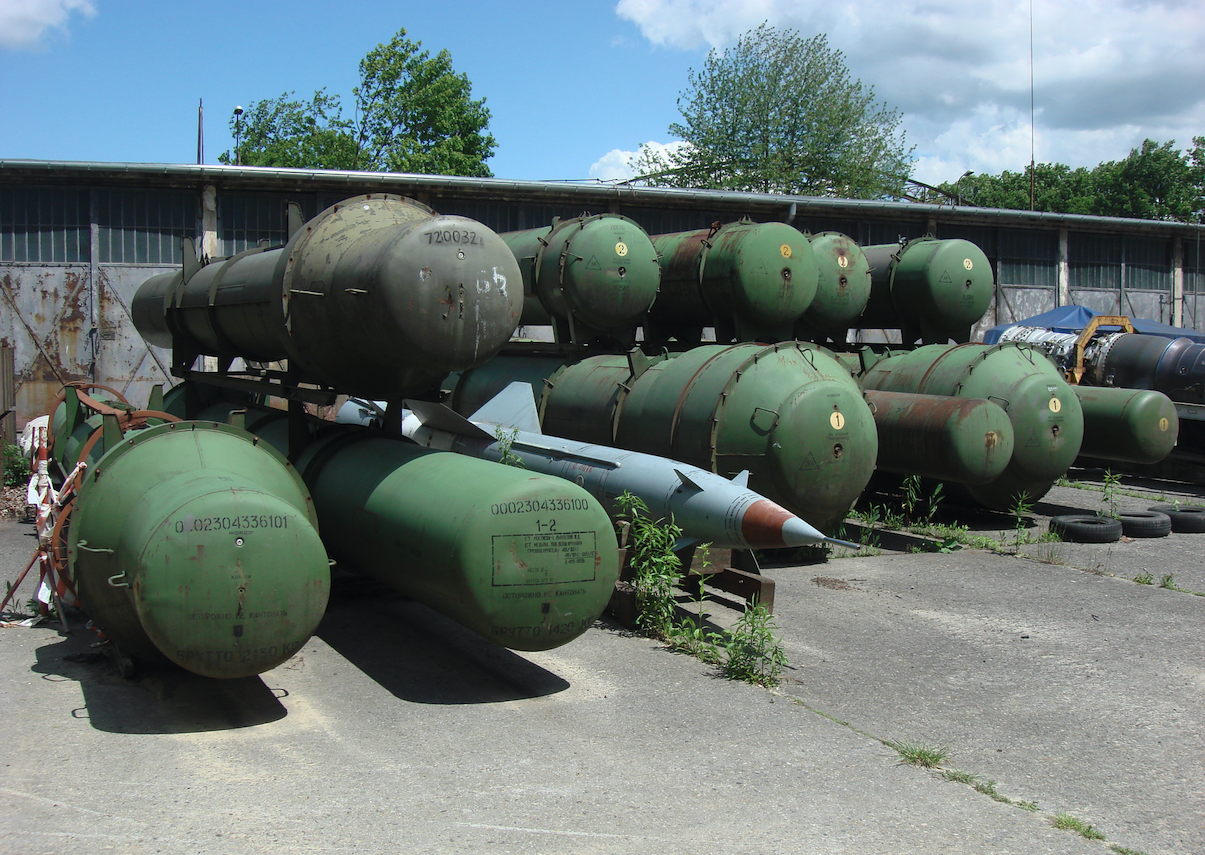
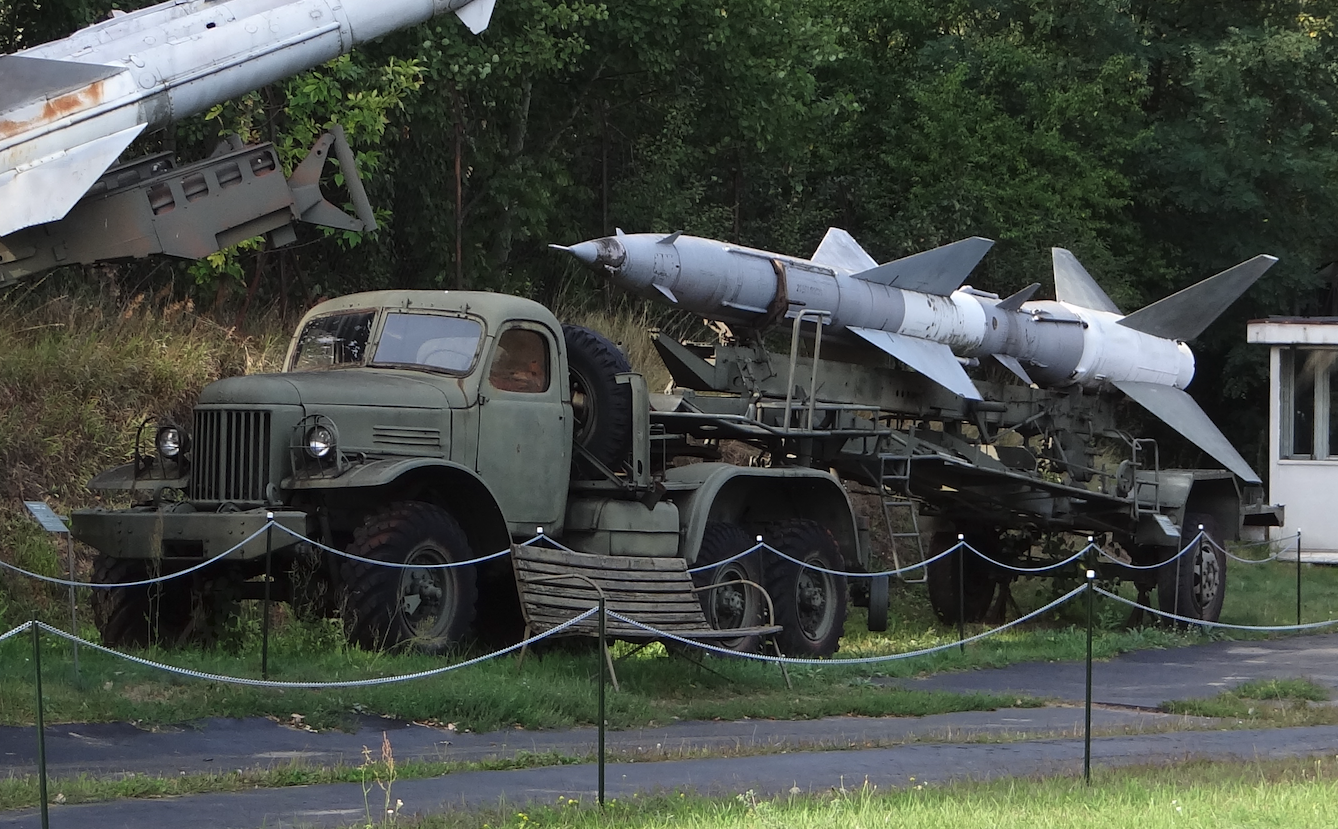
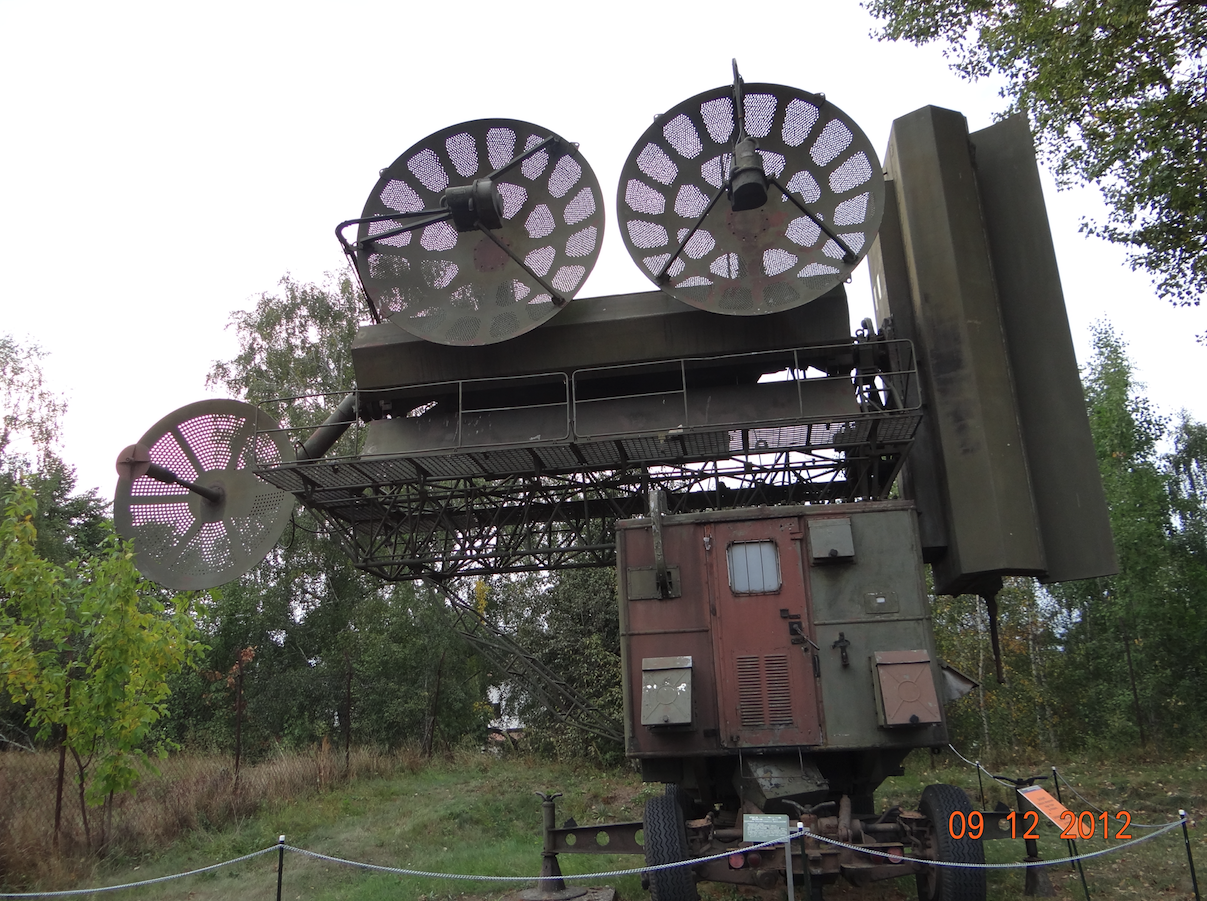
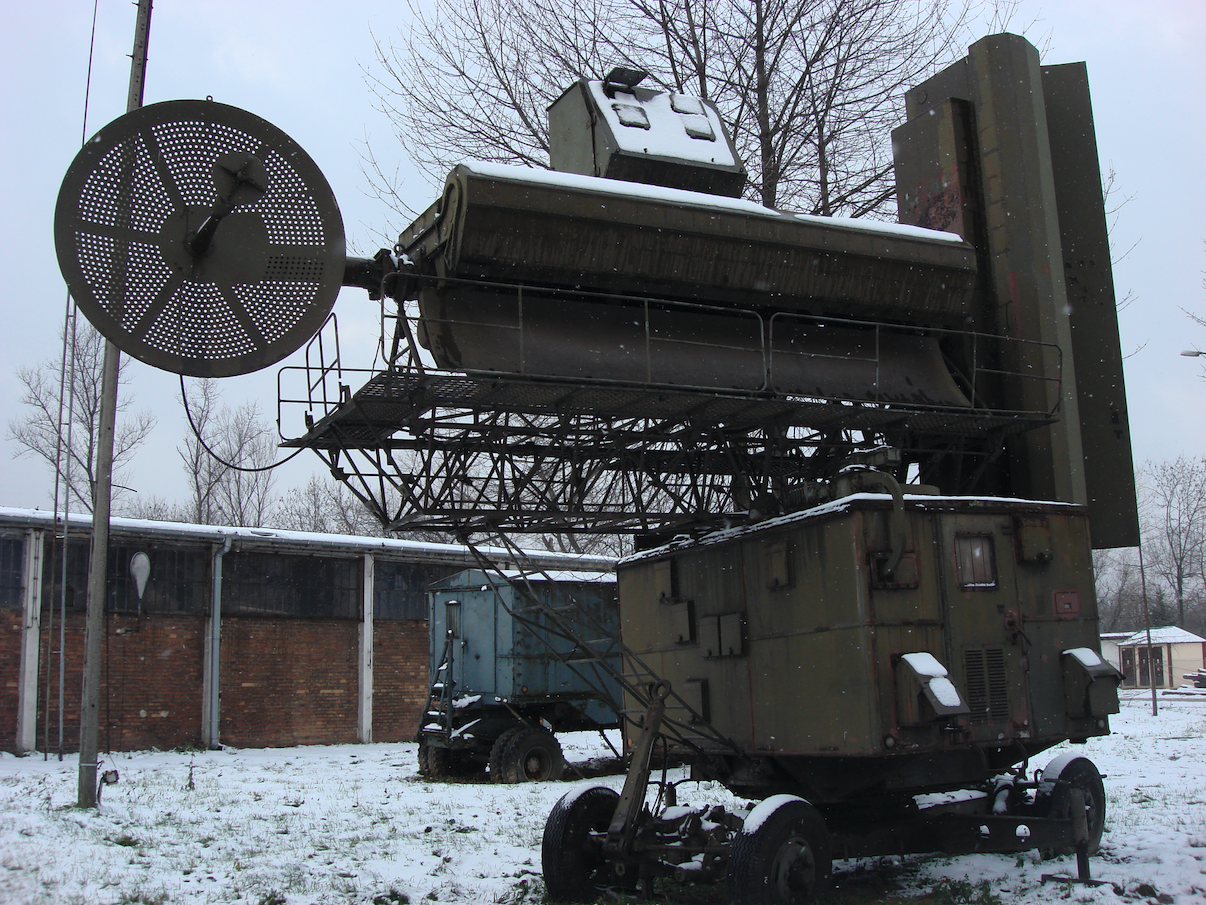
Written by Karol Placha Hetman
